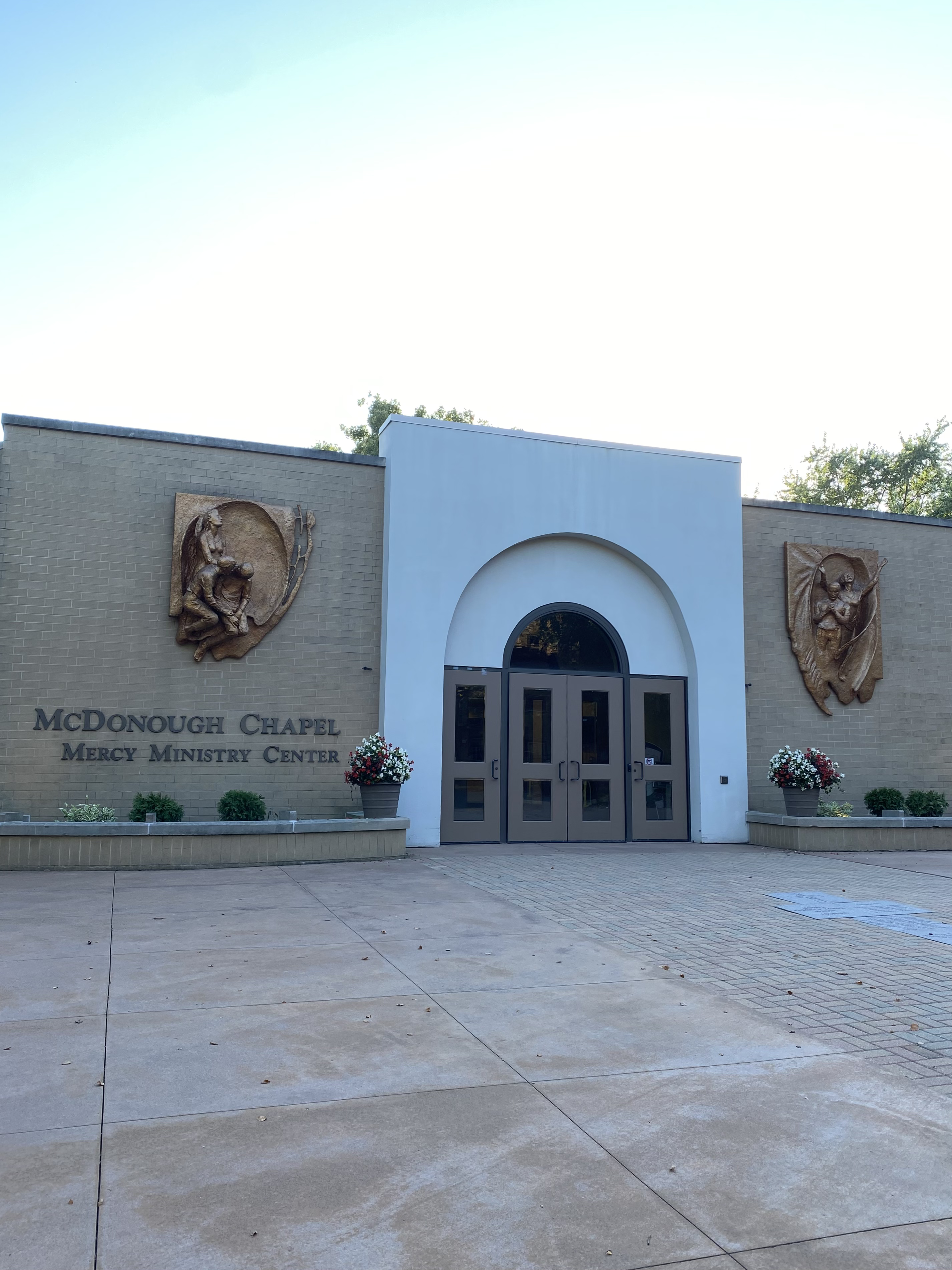Source: The Xavierite
As is common with higher education, Saint Xavier University is constantly changing. But how do you serve a university community such as Saint Xavier while keeping up with the changes being made in higher education?
The short answer is that you have to understand the community’s needs.
Change, as a concept, is difficult to be okay with. Some see it as inherently negative, but that is far from true. Change is actually key to satisfaction, but so is compromise.
One notable change at the university is the increase of transparency from the administration, which is a breath of fresh air for the student population. Under Interim President Rebecca Sherrick, Ph.D., students at the university have had access to more information about the state of the university and have been provided a more notable platform to express their concerns and raise any questions that they may have.
After staff members in Campus Life and Student Life were laid off in Oct., Sherrick hosted a town hall for students to voice their concerns and to clear up any misunderstandings regarding the decision.
Student Government Association (SGA) hosted an Academic Affairs Discussion with: Provost Saib Othman, Ph.D., Interim Deans Charlene Bermele, DNP, RN, CNE, Gina Rossetti, Ph.D., and Indranil Ghosh, Ph.D. on Nov. 15 for students to ask questions regarding academics at the university.
It is clear that an attempt to better understand and better serve the student body is being made. These attempts can grow in difficulty when students are not receptive to change, despite the fact that the student body has been asking for change long before the current editorial board’s time here.
A member of the editorial board noted that they “think a lot of students are refusing to listen to what administrators are saying about changes because people don’t like change, even if the changes are things they wanted to be changed.”
Some of these changes, such as the introduction of Interim Police Chief Dan Murphy, have been viewed as positive, while other decisions have been met with concern.
In another instance, “the restructuring of the Learning Center and Student Support into one area” was liked by a member of the editorial board.
On the other hand, the academic restructuring from three colleges into two-the College of Liberal Arts and Education and the College of Nursing, Health Sciences and Business-has been met with dissatisfaction from students.
“I genuinely despise the new structures to the schools and departments. Getting rid of department chairs and putting a bunch of programs under someone who has no expertise in most of those areas doesn’t make any sense at all,” a member of the editorial board voiced.
In order to make changes that benefit the university, one must have an understanding of the student population at Saint Xavier. Members of the editorial board described the student body as “incredibly diverse with unique interests, aspirations, and identities that should be both represented and celebrated on campus,” and as having “strong bonds since SXU isn’t very large.”
With 2,987 undergraduate students and 533 graduate students enrolled as of the fall ‘22 semester, the university is on the smaller side in regards to a student body.
The university is also incredibly diverse, as members of the editorial board noted. As of the fall ‘22 semester, 49.4% of the undergraduate student population identified as Latinx, 32.2% identified as white, 11.8% identified as African American, 2.4% identified as multiracial, 2.2% identified as Asian, and 2% identified as unknown.
The student body is made up of people from a multitude of backgrounds, and it is one of the aspects of the university that makes it so unique.
“It’s so amazing to meet people from so many different cultures, and that we’ll all get to share our cultures with each other,” a member of the editorial board emphasized.
One must acknowledge the areas of the university that do currently serve the student population well.
Members of the editorial board highlighted areas such as the faculty in their major programs. One member stated that they felt that all of the faculty within their major “are incredibly helpful and truly care for each and every student.”
“They are very selfless and take a lot of time out of their personal lives to ensure each student succeeds,” they continued.
Another member of the editorial board identified areas such as the Center for Learning and Student Support and the Media Center.
The university has a multitude of resources for students to use to their advantage, such as: the Counseling Center, the Center for Health and Wellness, the Center for Success, and the Student Success Program, among other resources.
Some areas of the university, however, do not give students the support they need. Members of the editorial board, along with students present at the town hall and Academic Affairs Discussion, expressed that areas such as academic advising and career preparation are on the weaker side.
This concern was heard and acknowledged, and as a result the university hired National Academic Advising Association (NACDA) consultants to review the university’s current advising model and to meet “with pertinent staff, faculty, and students to obtain a comprehensive understanding” of the current model, according to the news article regarding the town hall meeting notes.
Members of the editorial board stated that in the future, they would like to see physical improvements to the Warde Academic Center and to see the university return “to its core values and reaffirm its status as a mercy institution by continuing the work done by the original sisters of mercy.”
To serve the Saint Xavier University community, one must understand the community’s needs. In this case, those needs largely appear in academic advising, career preparation, and transparency.

